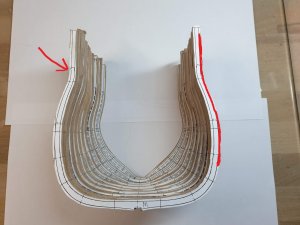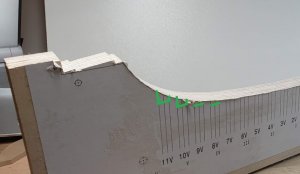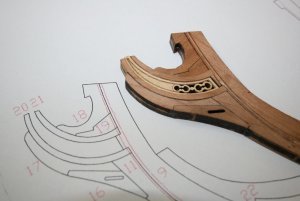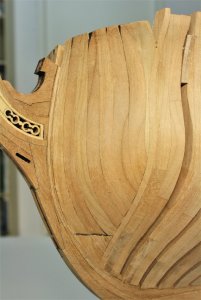- Joined
- Dec 1, 2016
- Messages
- 6,341
- Points
- 728

very good prepared for different methods I like it
 |
As a way to introduce our brass coins to the community, we will raffle off a free coin during the month of August. Follow link ABOVE for instructions for entering. |
 |
 |
The beloved Ships in Scale Magazine is back and charting a new course for 2026! Discover new skills, new techniques, and new inspirations in every issue. NOTE THAT OUR FIRST ISSUE WILL BE JAN/FEB 2026 |
 |





Karl,contact @Mike41 if he can help you.Hello Oliver,
very nice work so far.
The CAD / 3D images are absolutely top.
Such plan I search for the construction of the frames of the Royal Caroline.
Unfortunately, no one has yet contacted me to make these drawings.
Question: Do you also commissioned work in the style of your work?
regards Karl
Thanks, Uwe. How does the paper behaves, when you need to scrape the deck, and how does it behaves under oils afterward?Because of the unknown behaviour of the Plastic-wood-glue-strength I like to use thin paper (origami) to simulate the black line
Due to the fact, that paper is produced out of wood, it is behaving like timber when dry - you can scrape, sand etc.Thanks, Uwe. How does the paper behaves, when you need to scrape the deck, and how does it behaves under oils afterward?


Here you can be right - I want to point out the joint - so the paper has only 30 to 50g/m2 - it is special origami paper . very very thin.@Uwek
How thick is the paper ? Depend the scale, its maybe too thin for this detail on the stem.
I did any test´s with a thicker paper with more layers, but it wasm´t stable.
